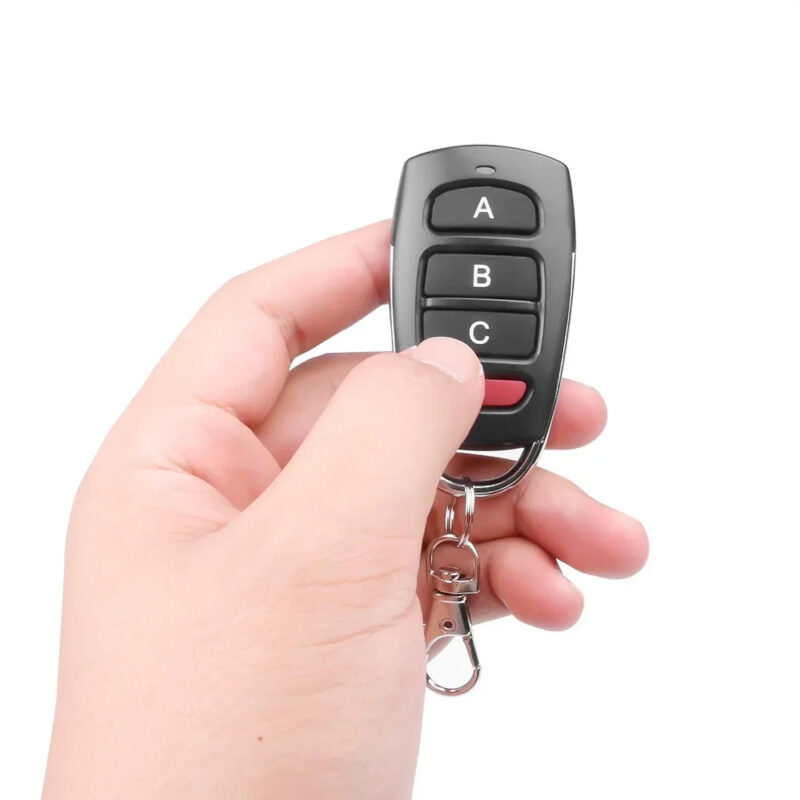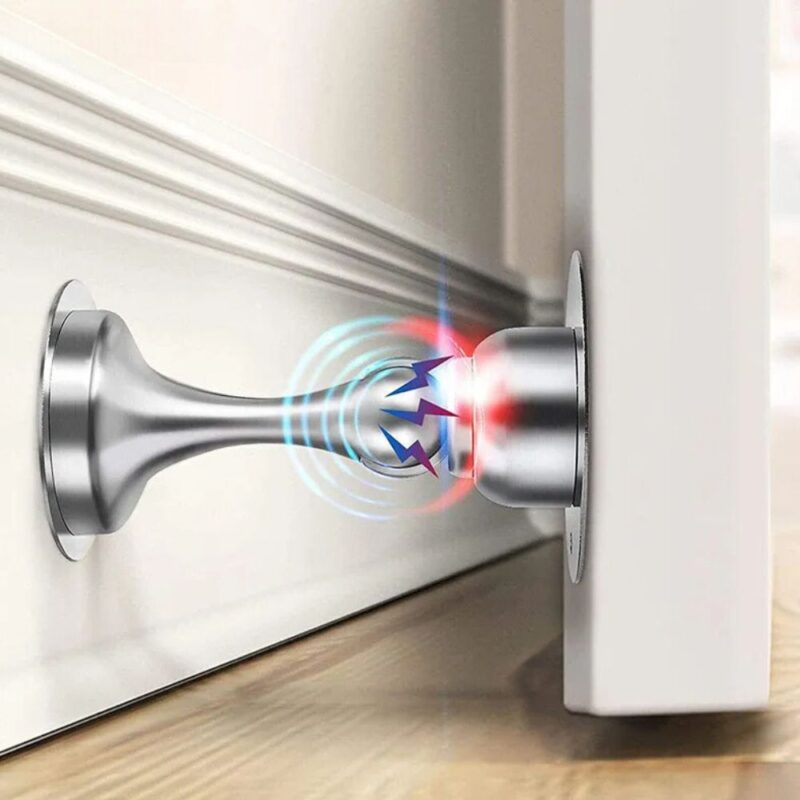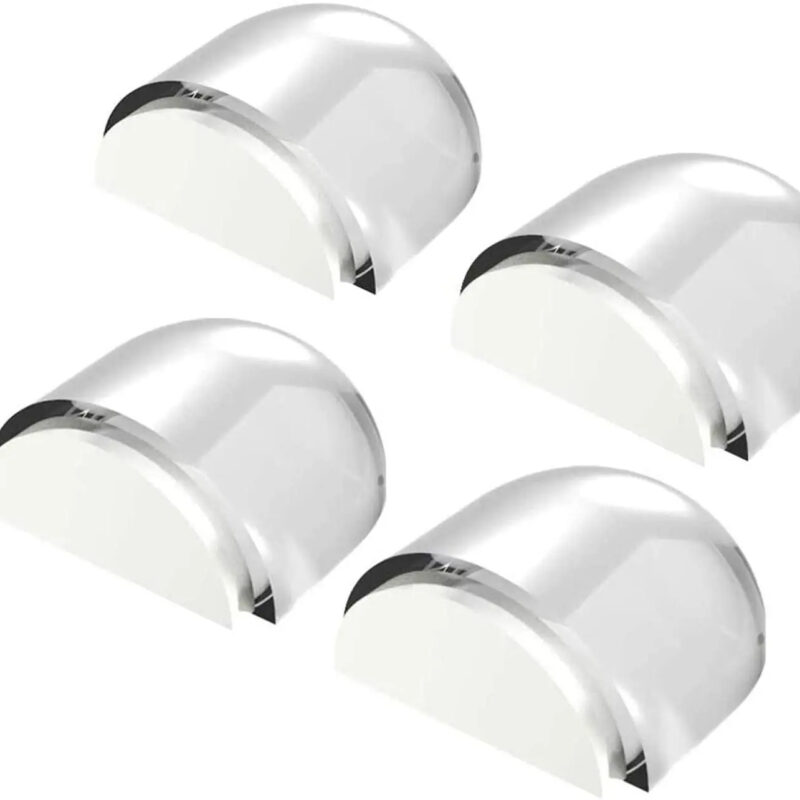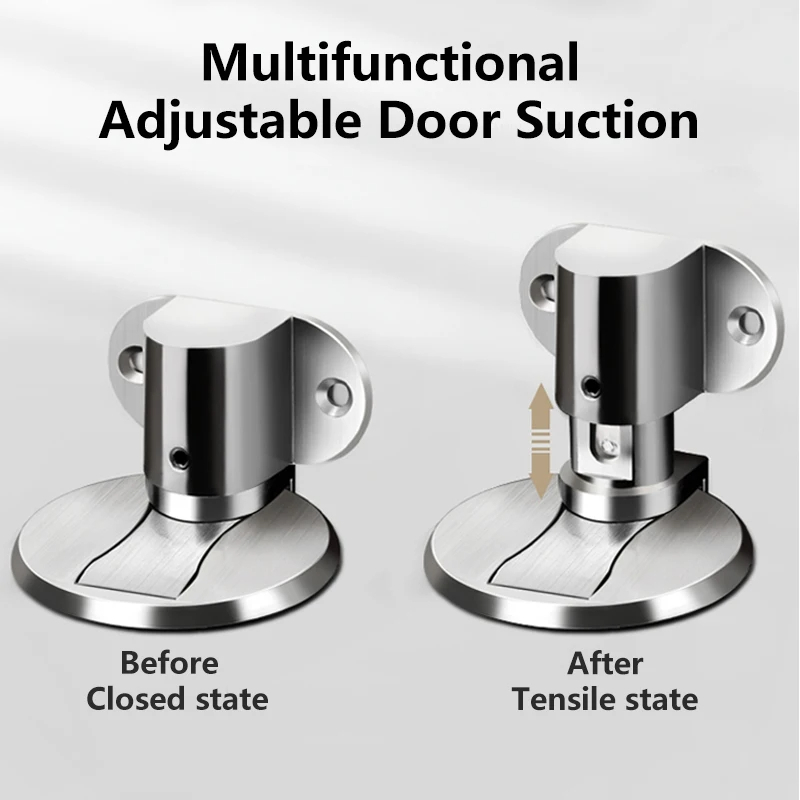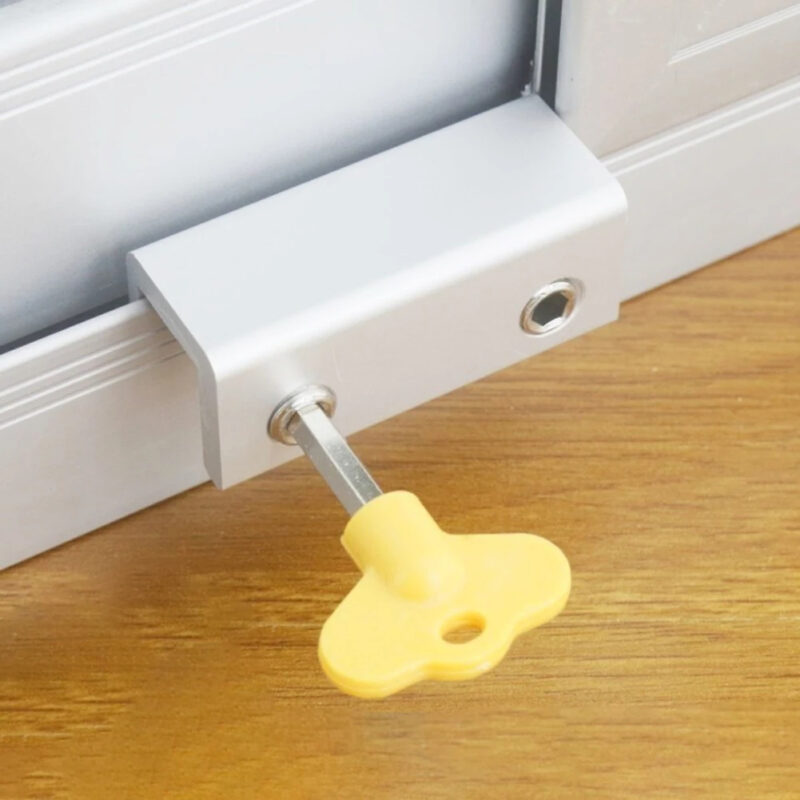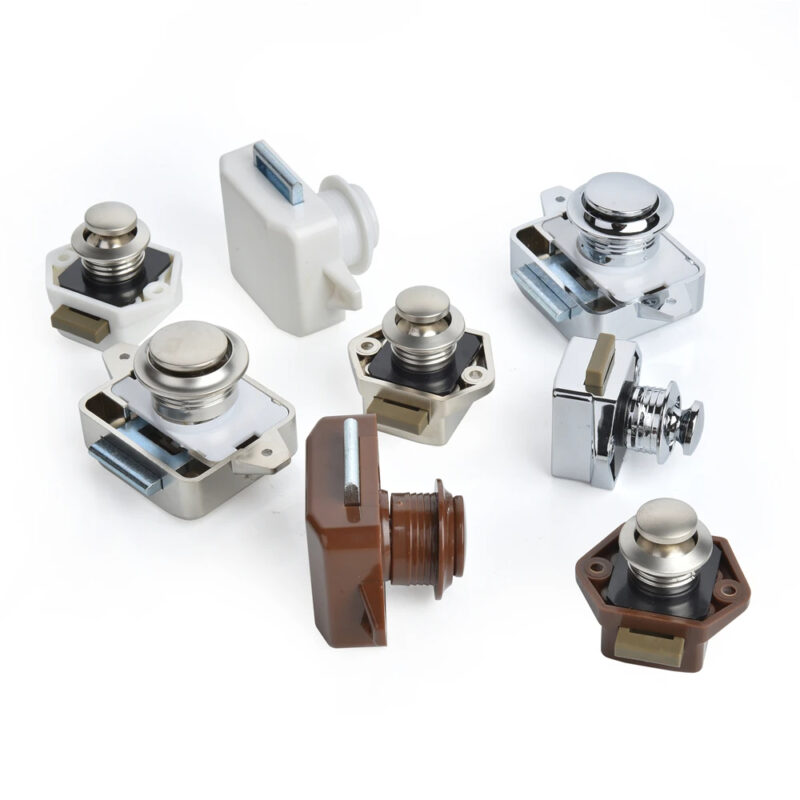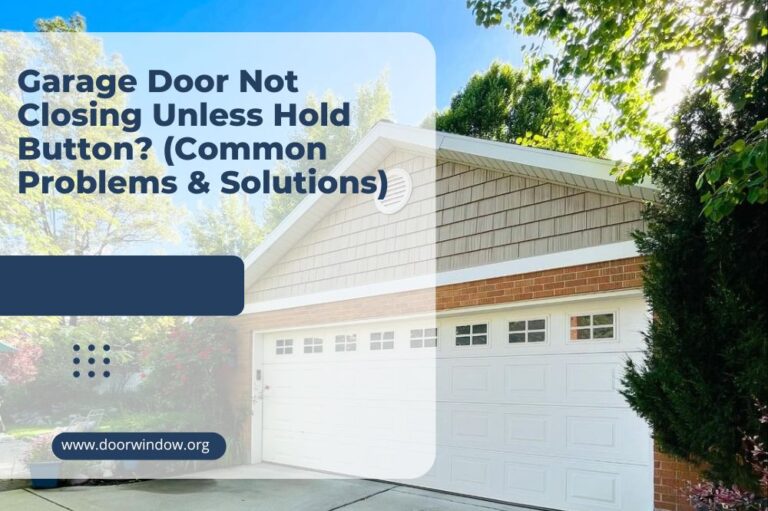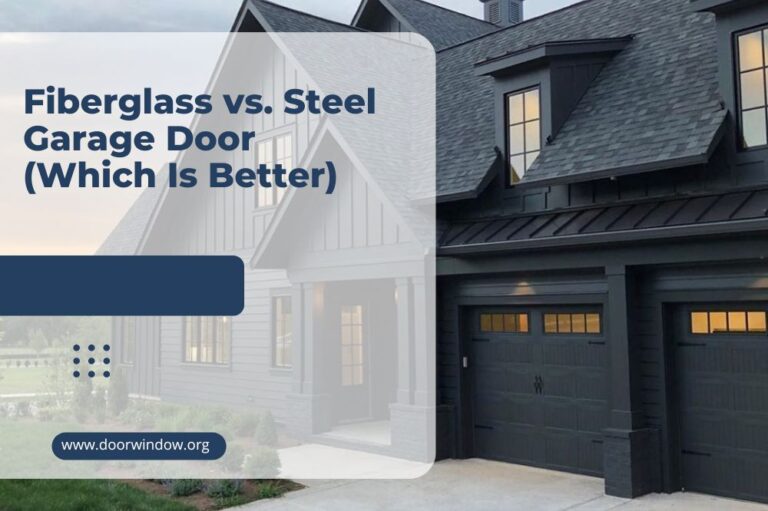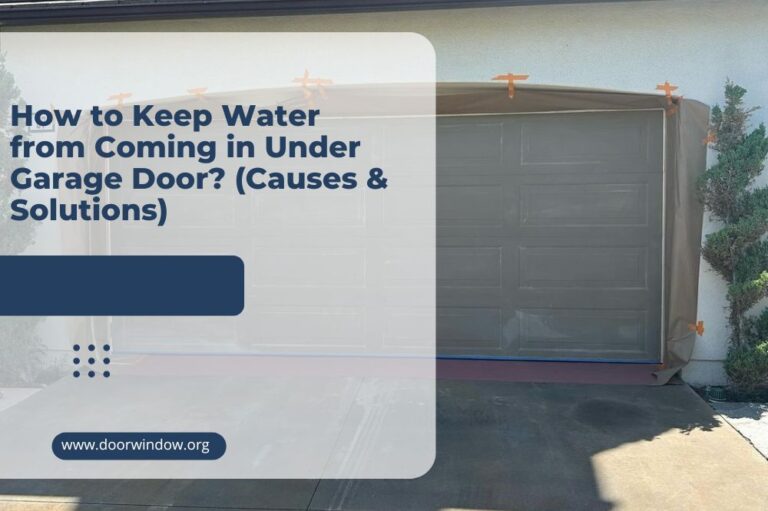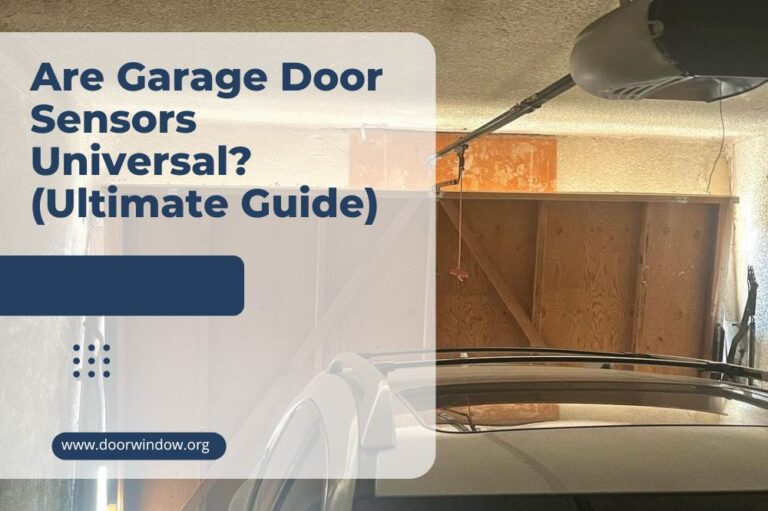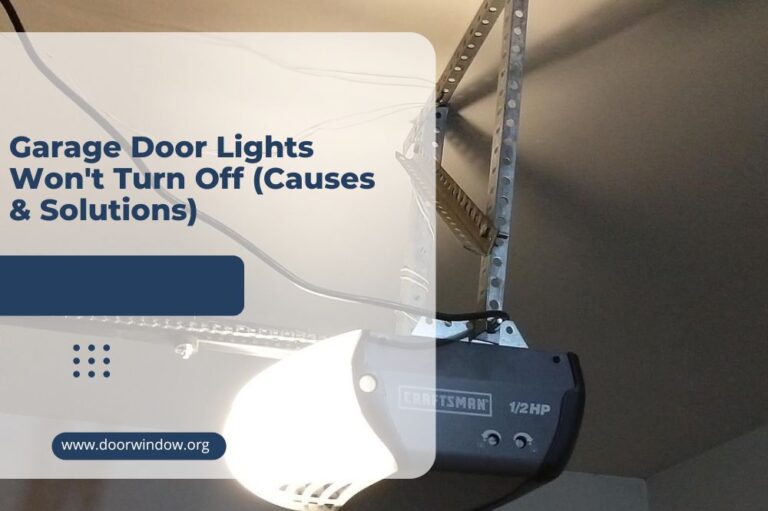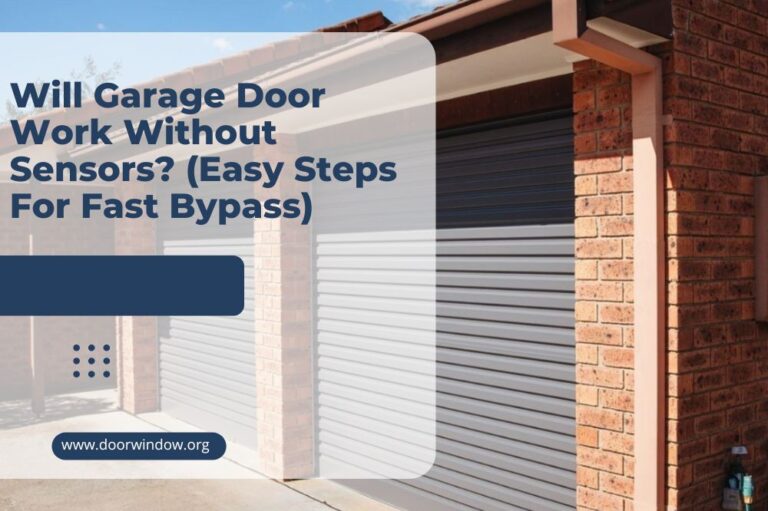What Are The Different Types of Garage Door Springs?
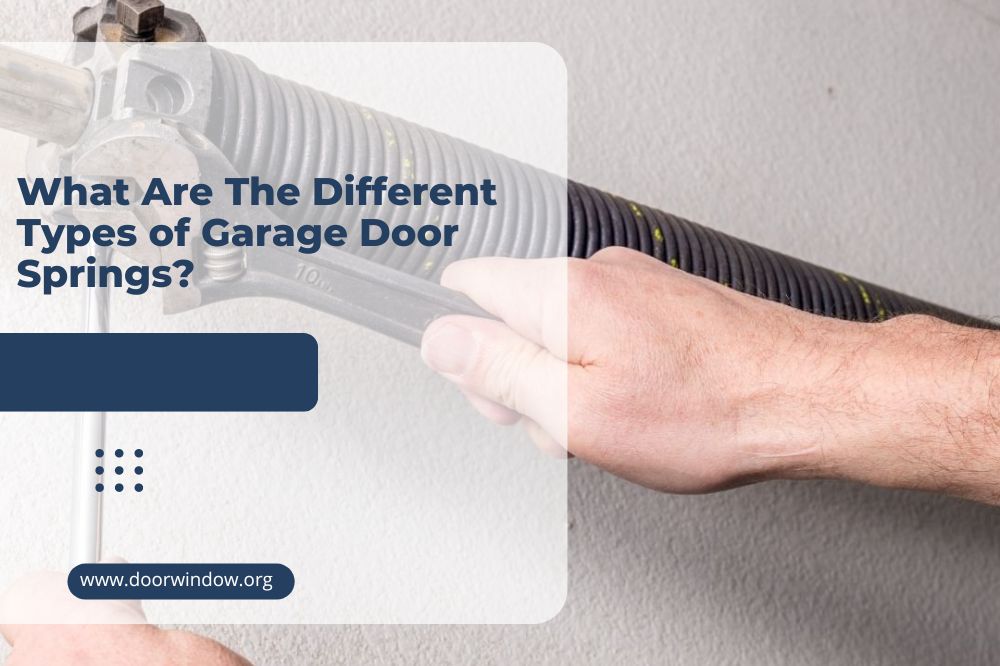
Have you observed any signs of wear and tear on your garage door spring?
Garage door springs are the unsung heroes of the garage counterbalance system. They handle all the heavy lifting of the garage door opener and promote the smooth operation of the garage door.
While these mechanical devices are designed to last up to 10,000 to 20,000 cycles, they eventually wear out because of several factors, including heavy usage.
When this happens, you may need to repair or replace your garage door spring to continue using your garage door.
Whether you want to repair or replace your garage door springs, it’s crucial to understand the difference between the types of springs on the market.
Below, we have highlighted different types of garage door springs and explained how they work.
Different Types of Garage Door Springs
Garage door springs are usually classified into two categories: Extension springs and Torsion Springs. Let’s look at how these types of springs work:
Extension Springs
An extension spring works more like a traditional mouse spring or mattress spring. When it stretches or extends, it stores energy that helps in lifting the garage door.
Most residential garage doors use two extension springs, each mounted on the side of the door. But commercial garage doors and some residential doors come with multiple springs installed on each side of the garage door.
These springs run parallel to the horizontal track and work independently. The extension spring system comprises cables and a pulley system that work together to raise and lower the garage door.
When the door opens, the spring stretches and generates a counterbalance that supports the weight of the door. As the door closes, the springs contract and store energy that is released when the door opens.
Basically, these springs function by using Hooke’s law principle–the force needed to stretch or compress a spring corresponds to the amount of stretch or compression. Because of this, extension springs offer consistent and balanced force to your garage door, allowing smooth opening and closing.
Because of constant stretching and compression, extension springs and garage door hardware wear out faster. They also comprise many components that demand regular maintenance.
Besides, the force placed on extension springs makes them dangerous. If they break, they can become projectiles causing serious injuries and damage. That explains why manufacturers recommend installing a safety cable to prevent the spring from projecting away from the system.
That aside, extension springs can be further broken down based on their ends. There are two basic types of ends: Hooks and Loops.
1. Hooks
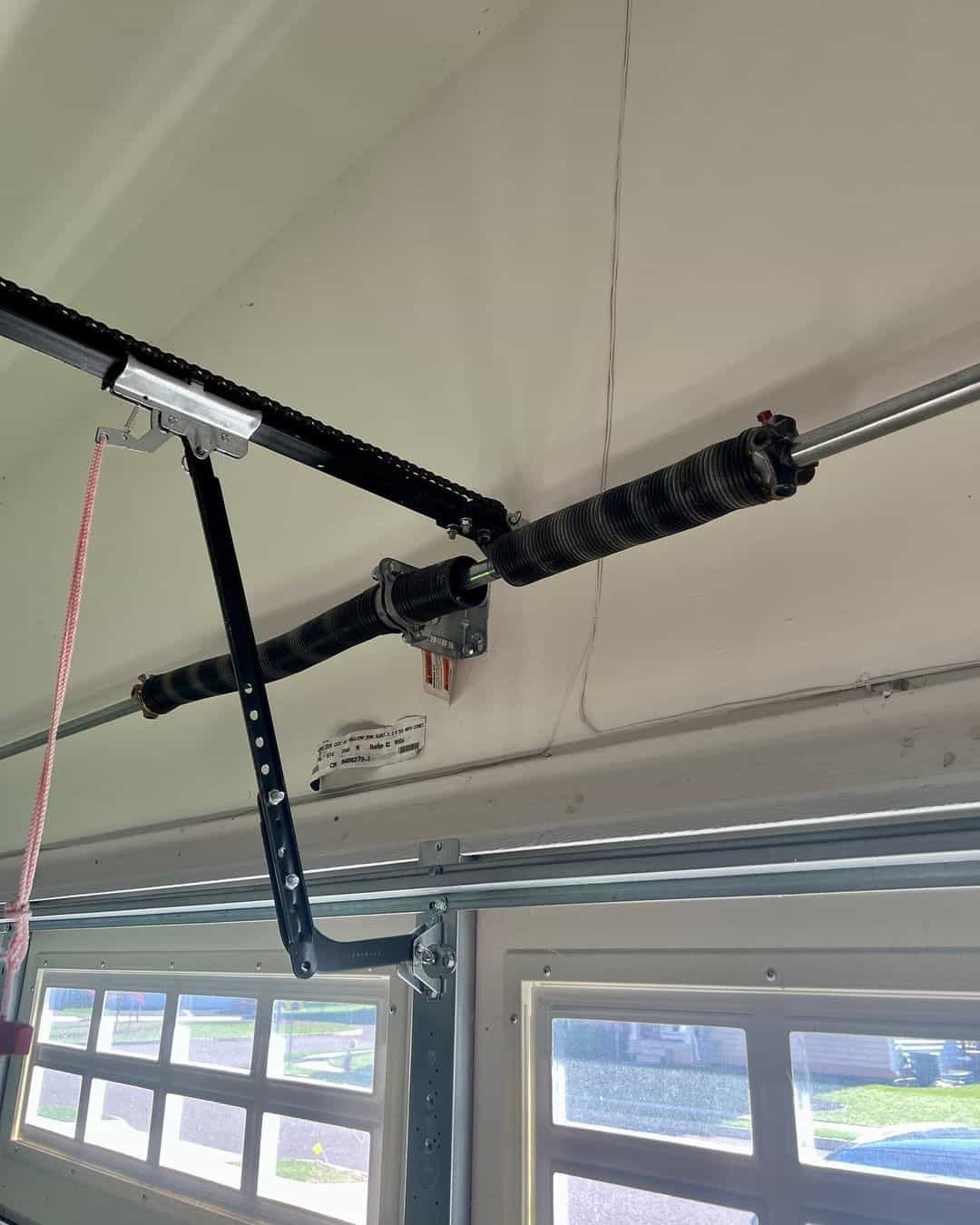
- Crossover and Machine Hooks
Extension springs can come with either crossover or machine hooks. Crossover center hooks cross over the center of the spring, forming a circle at the end. The hook features a distinct bend radius made by lifting the last coil and turning it towards the center of the extension spring end.
In machine-style hooks, the hook forms directly out of the extension spring and circles over and across the middle of the spring end. This produces a hook that’s less pronounced than crossover hooks.
Although both hooks perform the same function, crossover hooks are more common in small extension springs. Machine ends are found in larger extension springs used for heavy lifting.
- Side and Extended Hooks
Unlike crossover and machine hooks, side and extended hooks are less popular. However, they are more economical.
Side hooks are made by bending the last coil out, forming a hook on the same plane as the outside of the spring. This makes the spring perfect for providing tension that doesn’t interfere with how the garage door functions.
Extended hooks share the same function and use with side hooks. However, the final coil bends, creating a gap between the end wire and other coils. As a result, the extension spring appears to have a shorter body and a longer end hook, effective in delivering more force.
2. Loops
- Open Looped Ends
As the name suggests, the extension spring’s end has a gap between the end of the wire and the coils. This makes it easier to disassemble the cable-pulley system. But on the downside, you have to replace the entire extension spring even when a single part is damaged.
- Double Looped Ends
As for double-looped ends, the spring’s end features two coils with no gap. The double-loop connects to the pulley system and eyebolt. The extra loop also increases the strength of the spring’s end but makes extension spring replacement harder.
- Clipped Ends
These ends boost the spring’s strength and durability. They are perfect for garage doors weighing 200 lb and above. But there’s a catch! They are difficult to replace.
Torsion Springs
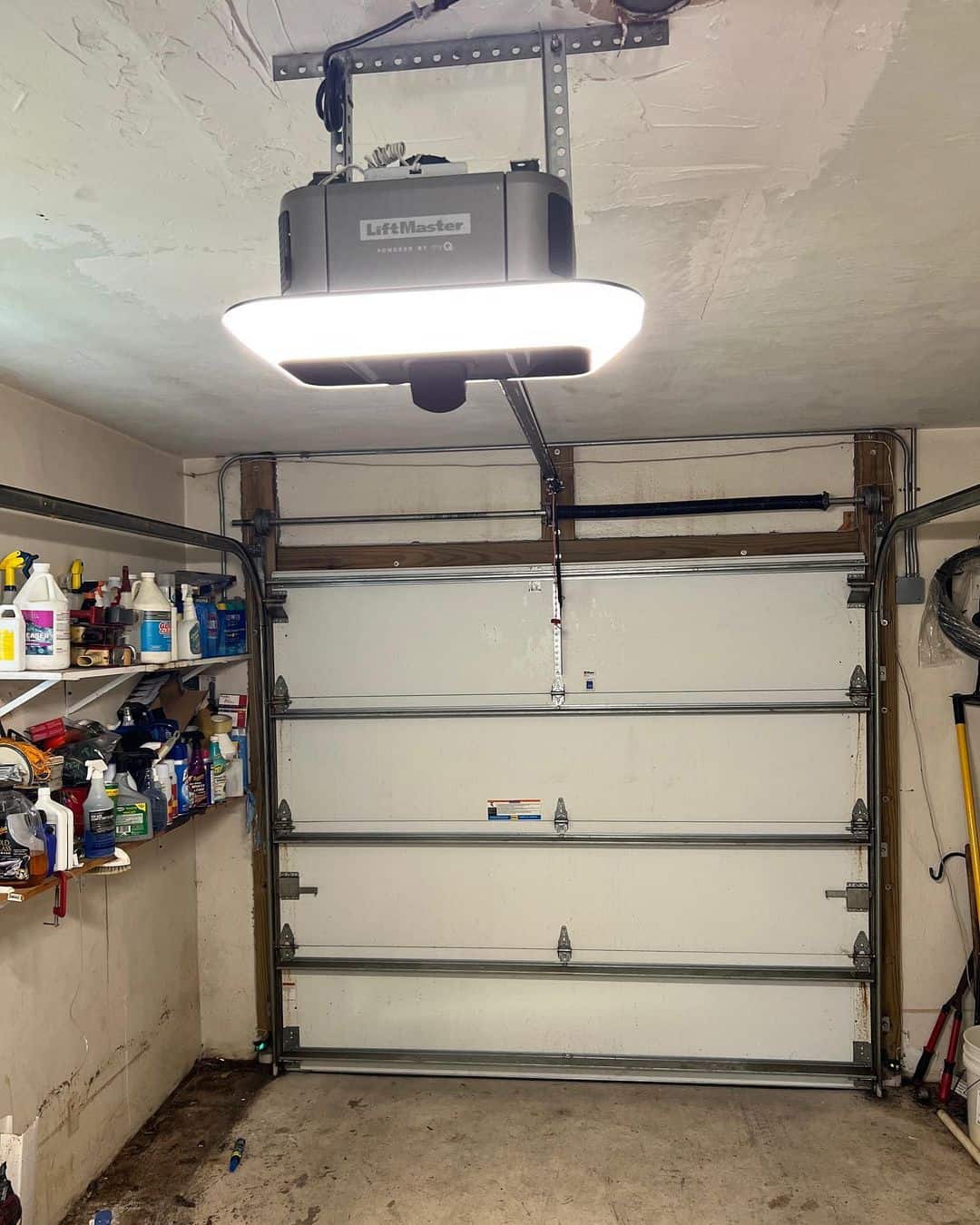
Torsion springs are the most popular and expensive garage door springs. They are also durable and safe compared to the extension springs.
A standard torsion spring is often mounted on an anchor bracket in the middle of the metal shaft above the door. Sometimes, the garage spring technician might not mount the bracket above the garage door. The spring uses torque or torsion to balance the weight of the door.
The torsion spring system can feature one of two tightly wound springs, depending on the garage door size. The number of springs is also influenced by the doer’s weight and height and the length of the spring, plus strength. At both ends of the spring lies a cable drum.
Unlike extension springs, torsion springs are wrapped and locked in relation to the counterbalance assembly.
When a door opens, the cable drums rotate, winding the coils. As a result, the spring releases tension which helps with the heavy lifting. When the garage door closes, the coils untwist or unwrap from the shaft, allowing the door to close. The spring’s energy gets dispersed evenly from one end of the shaft to the other.
Apart from standard torsion springs, you can also choose other types of torsion springs, including:
1. Standard Commercial Torsion Spring
This torsion spring system is common in industrial garage doors. The system comprises at least two springs. But some doors can use even five or more springs in liner, duplex, triplex, or mixed setups.
A linear setup is ideal for wide garage doors that allow large vehicles to enter. It mostly comprises four or more torsion springs.
The duplex setup includes two large torsion springs mounted on each side of the garage door. Inside the springs is a small spring. This spring system stands out because it provides extra torque for lifting the door.
The triplex setup resembles a duplex spring system, but inside the larger spring, there are two springs instead of one.
A mixed setup offers the best of all the systems. As you guessed, it combines a liner, duplex, and triplex system.
2. Steel Rolling Door Torsion Spring
Steel rolling door torsion springs are joined using interlocking slats, which provide the door with an increased mobility range. The torsion spring is secured inside a torsion barrel that helps the rolling door. Both ends of the barrel remain close, so it’s hard to see the movement of the springs.
3. Torque Master Torsion Spring
Torque master torsion springs offer the safest garage door operation. The torsion system includes two springs nested within the shaft. The spring is held in place by the winding cone enclosed in the shaft.
Signs to help determine if your garage door spring needs a replacement
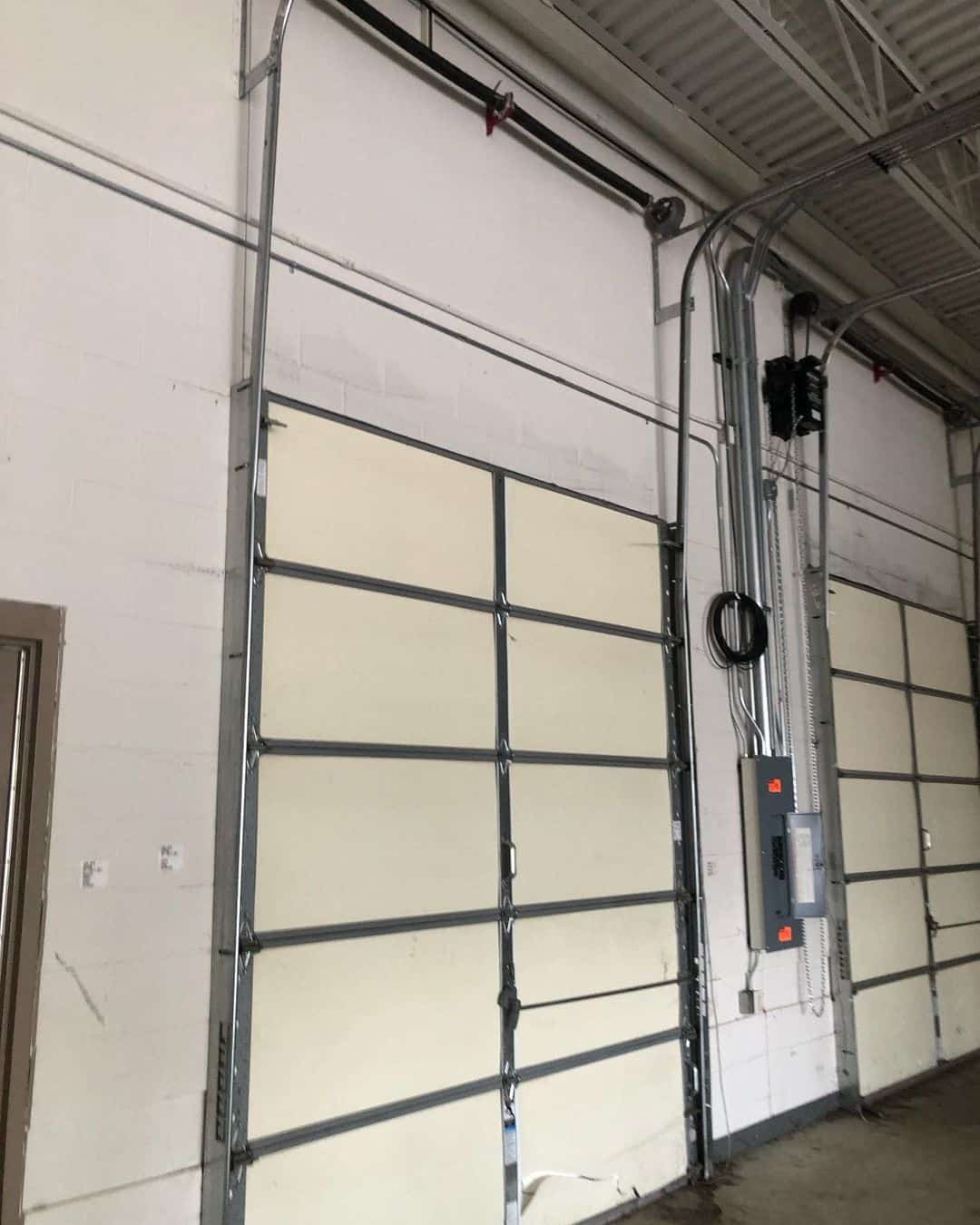
- The spring coils have 3–4-inch gaps
- The garage door won’t open or close
- You have to do garage door repairs now and then
- A garage door opens, then reverses
- The garage door produces strange noises
- The door is heavy when you open it manually
Tips on Maintaining Your Garage Door Spring
Like any other garage door components, garage door springs need constant maintenance to function properly. Here, we have provided you with a few tips on how to maintain your garage door spring.
- Inspect your garage door spring for signs of wear and tear, like breaks and rust.
- Lubricate the grade door springs regularly to reduce friction, prevent rust and increase their lifespan.
- Don’t paint your garage door spring because the pain can lead to rust, which weakens the spring.
- In case of any issues with the spring, like being too tight or loose, hire a professional to adjust it. The same goes for garage door spring replacement or repair.
- Replace the garage door spring after 7 to 10 years to ensure your door remains in good working condition.
Conclusion
Understanding the difference between available garage door springs, allow you to choose the right spring for your door, irrespective of the size. Furthermore, it simplifies the garage door call to the garage door spring technical or repair company.
Remember, never handle garage door spring repair or replacement, unless you’re an expert. No matter the type of door spring, these mechanical devices have a lot of tension. And if you don’t know what you’re doing, you might get injured.
As we wrap up, we hope you now know about the type of garage door springs and can make an informed decision. In case of any queries or need for clarification, leave us a message in the comment box.

